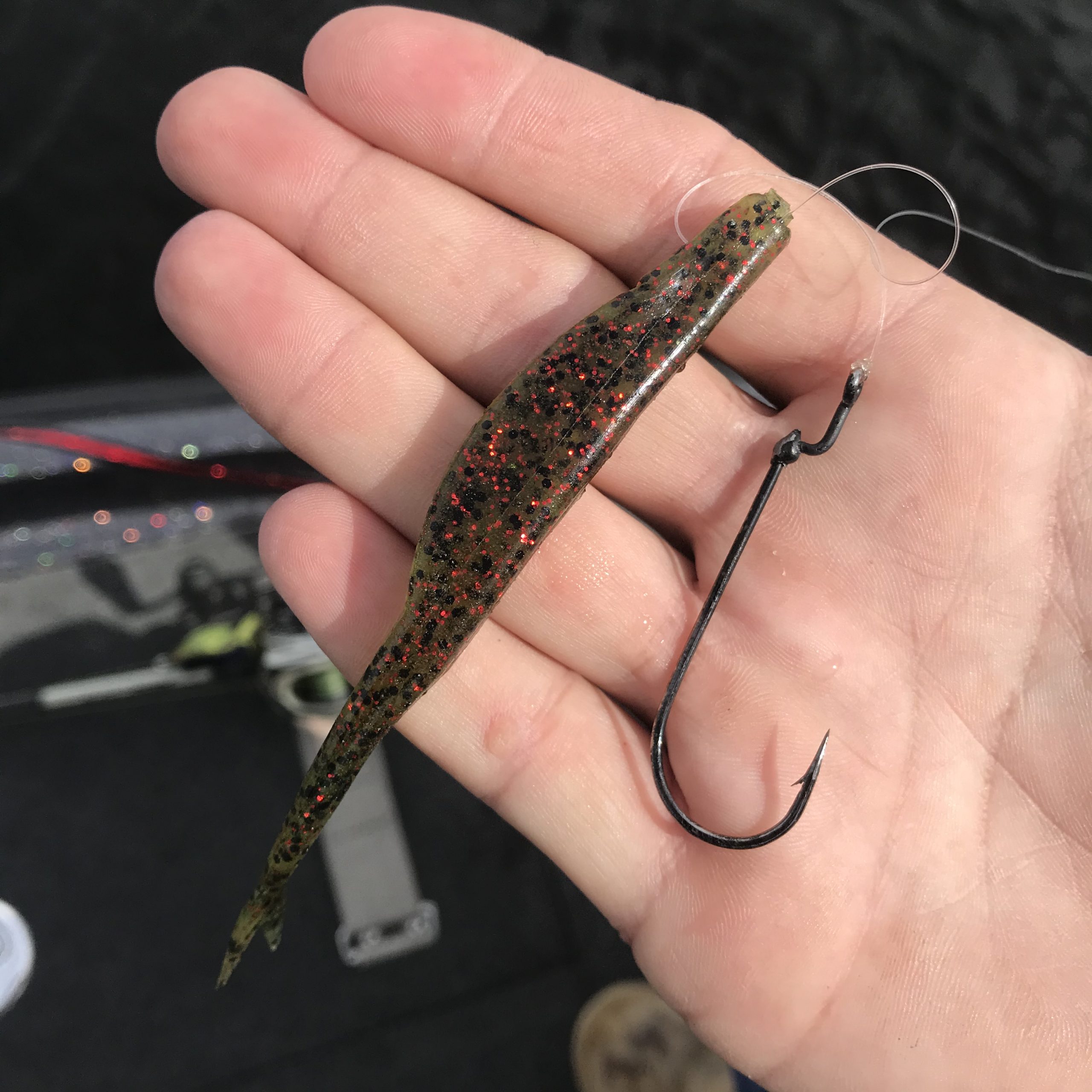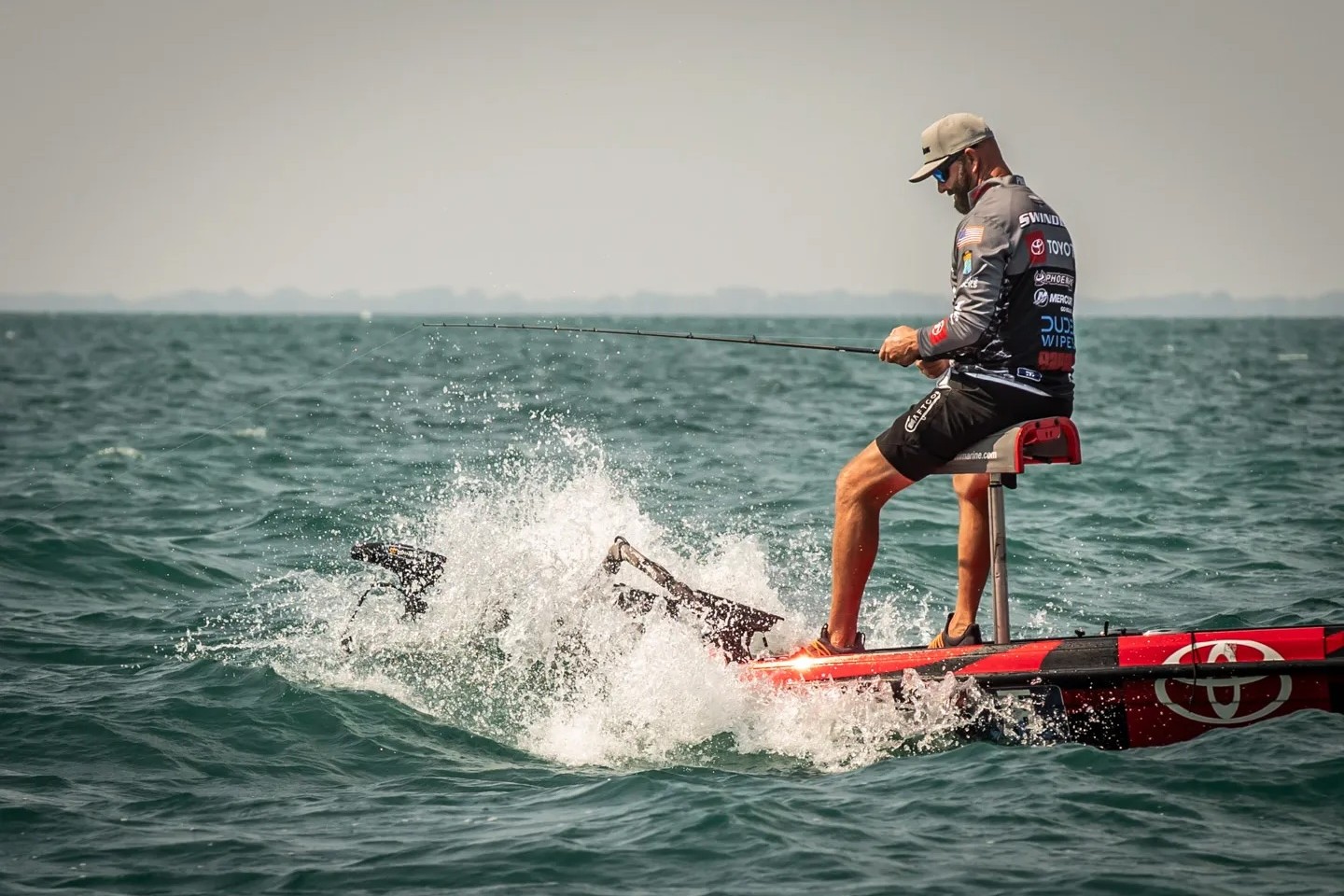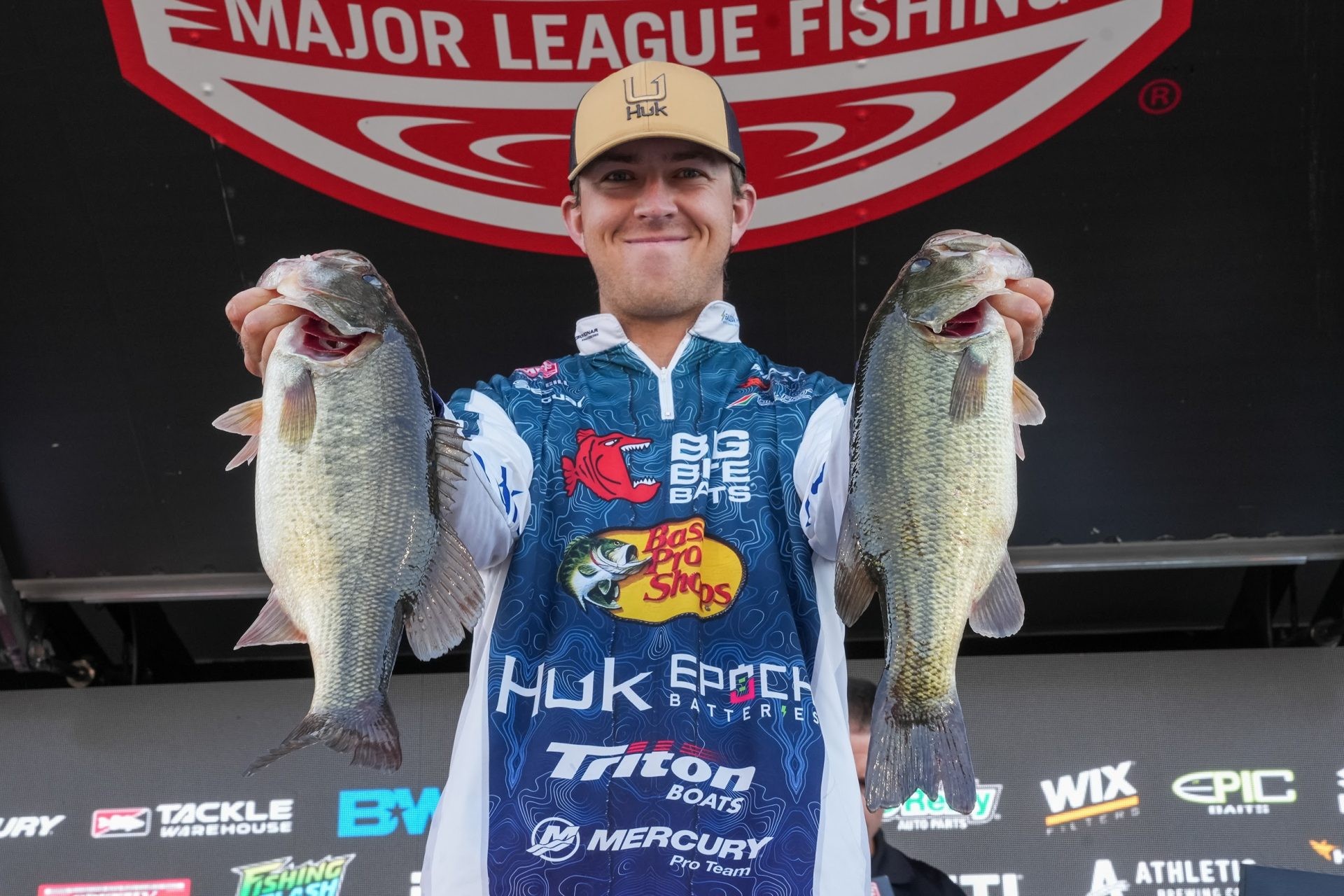Fishin’ Tip Friday – The finer side of the Fluke
Ron Ryals is a Bassmaster Opens competitor and a guide at the famed Bienville Plantation where he doesn’t need live bait to put clients on fish. Instead, Ryals leans heavily on a fluke to keep customers hooked-up and to keep himself cashing checks in tournaments, including the Paralyzed Veterans of America trail through which he once qualified for the B.A.S.S. Nation National Championship.
Ryals has logged more miles of water with a fluke in hand than most pros. Here, he offers his best advice for fishing the simple but deadly soft plastic lure.
Ryals prefers the power of baitcasting gear to spinning outfits for the weightless presentation. “I like a 6’ 9” medium heavy baitcasting rod – Lew’s rods and reels have worked well for me – twelve-pound fluorocarbon line with a number twelve swivel about a foot, maybe fourteen inches, up the line.”
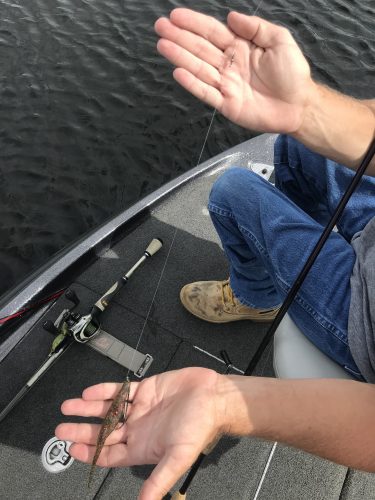
The swivel is an important component for Ryals. The extra weight gets the lure down to make it more efficient but also protects his line. “I originally did it just for the twist. The fluke spins in the water some, especially if it’s torn up or caught a few fish, but the swivel adds some weight too. It also adds a different action to it that I like.”
As for the question of when to set the hook, “I just make sure it’s heavy,” says Ryals. “I kind of give it a little bit and then set the hook. I don’t give them very long at all, but whether I feel that thump or see the blow up, I just make sure it’s heavy and then set the hook.”
The hook he’s setting these days is a 4/0 Mustad Grip-Pin Big Bite Soft Plastic Hook. It’s stealthy, especially when compared to an EWG style often favored by anglers for soft plastics. He believes a hook can be too big for the fluke, but the Big Bite model fits perfectly. “It comes right to the back of the hook pocket (in the lure), right before the bait gets thin.” The taper of the hook, combined with a modest bend, helps to give the lure a cone-shaped head which comes through cover well while keeping the plastic pinned. “That little epoxy bead near the eye of the hook holds the bait really well when you pop it or twitch it out of the grass.
“I tried wide gap hooks and I ended up losing more fish or didn’t get a good hookset and I just went back to the offset, round bend hook. It’s worked.”
Weather-wise, a breeze is helpful, but strong wind is the major limiting factor for this technique. It makes casting difficult, blows a big bow in the line that moves the lightweight offering out of the strike zone quickly and makes strike detection a challenge. Ryals has some great advice for fishing an unweighted fluke in the wind: “Don’t!”
Water clarity is another factor to consider. The clearer the water, the stronger the drawing power of the soft jerkbait.
Ryals is pretty basic in his size, brand, color selection. “I use the normal size, what are they, 5 inches? And I use a couple different brands, Zoom, and the one made by Bitter’s is good too.”
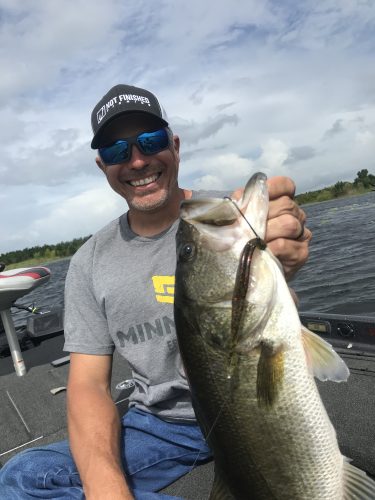
Watermelon red and watermelon candy are mainstays for Ryals who feels those colors represent a variety of baitfish, as does the fluke in general. He did use the pearl white color in the aforementioned tourney on Clarks Hill but said that he was imitating blueback herring, prevalent in the clear waters of the Savannah River impoundment, more so than shad. “I think the bass see it as any type of bait fish. It can kind of copy any of them. It depends more on how you work it and what you do with it than on color. You can work it slow, almost like a Senko – twitch it a little bit and let it sink down a ways or you can work it on top if they’re chasing bait on the surface. It’s pretty versatile in my opinion.
“Once you have the patience to throw it.”
